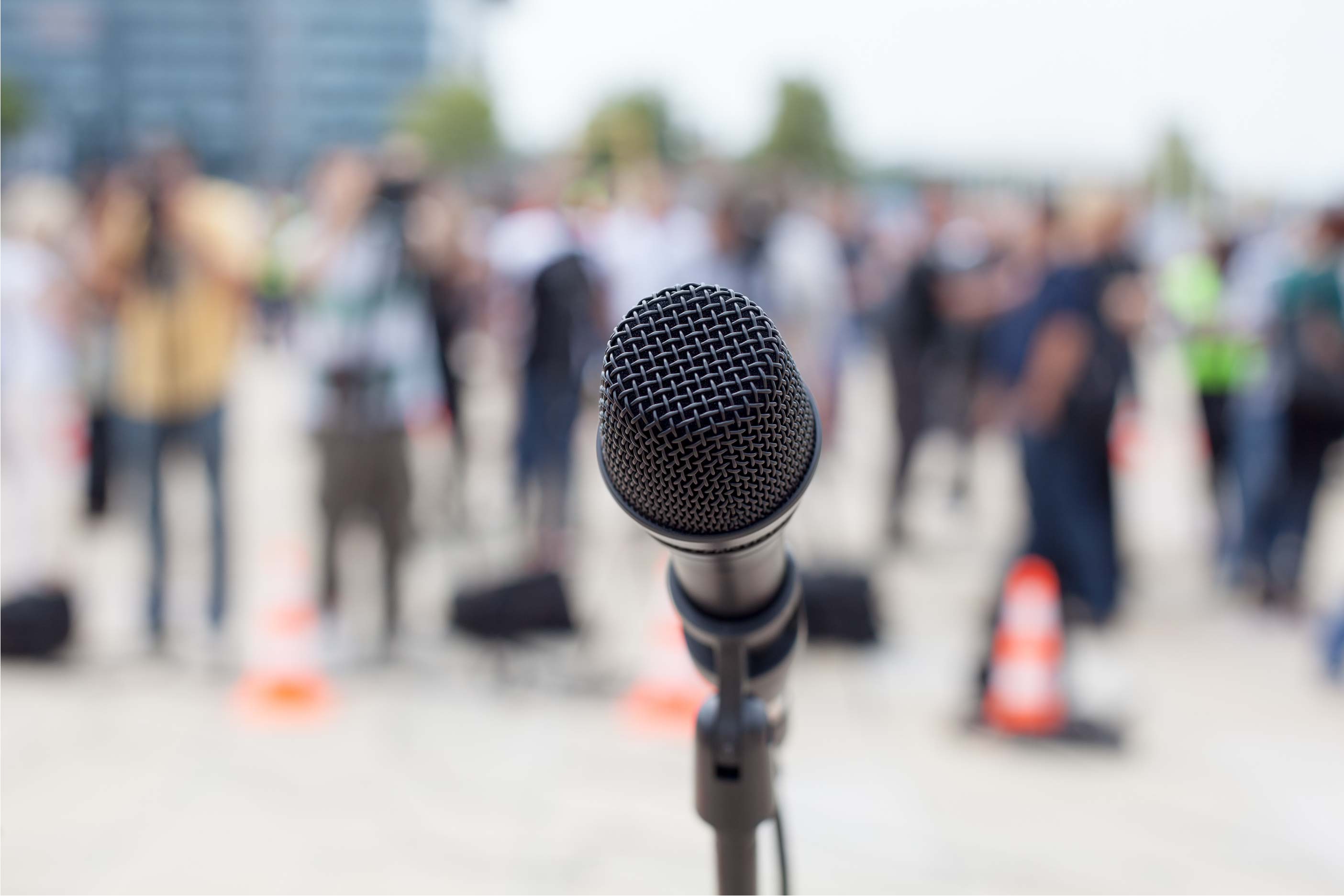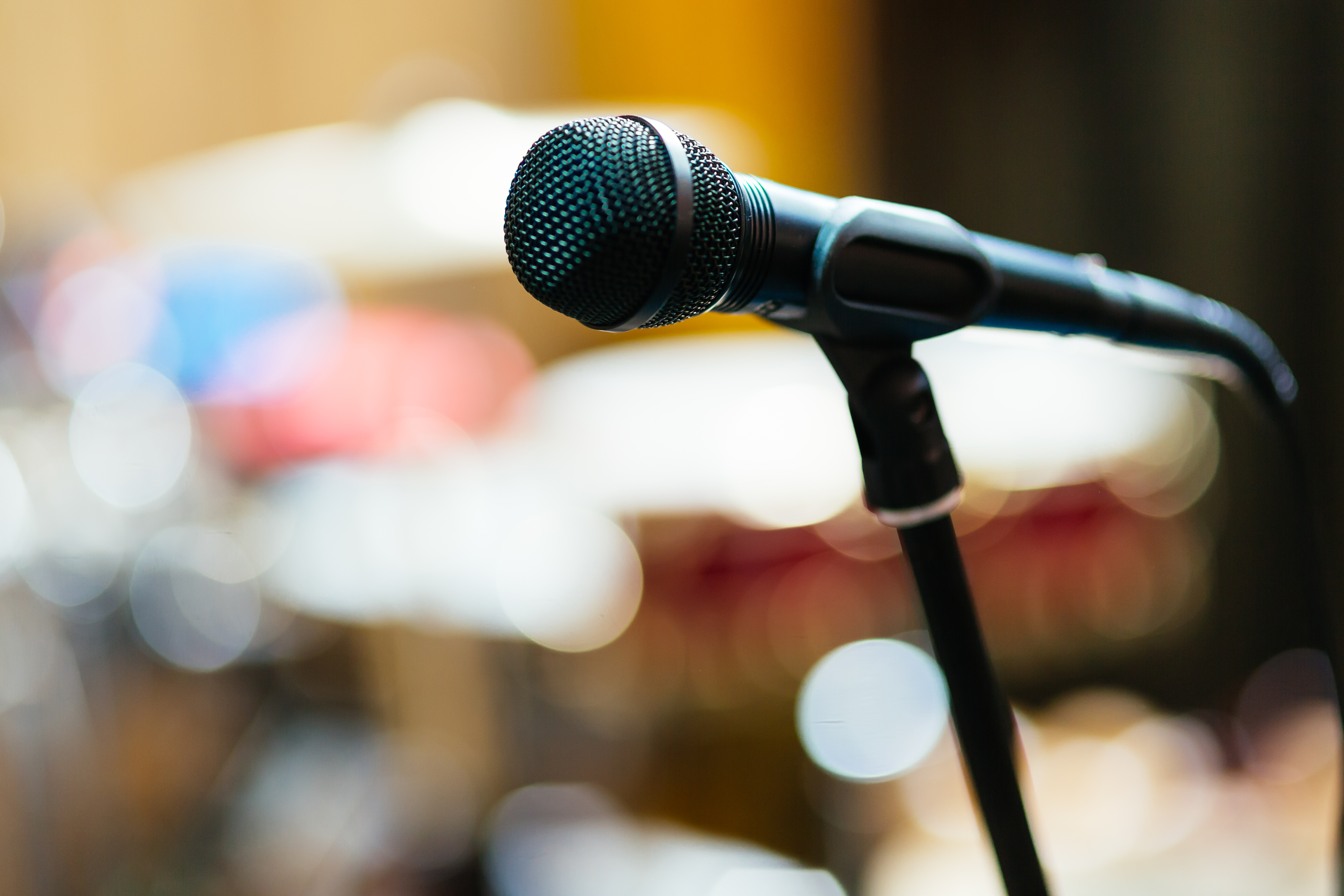"Sounds Good"
February 2, 2024


Every day, thousands of people are interviewed on radio, television and podcasts. And every one of those interviews has something in common. They all require a microphone.
Add to that the number of mics being used by politicians, presenters and keynote speakers, and you begin to see just how crucial this piece of technology has become.
So let’s talk about some do’s and don’ts the next time it’s YOU in front of a microphone.
When talking to a reporter, do just that. Talk to the reporter, not the microphone. And don’t grab the mic. It’s the reporter’s job to capture the audio portion of your conversation.
Eric Hanson is a reporter and anchor for KCCI-TV in Des Moines, Iowa, and he uses a microphone nearly every day. Hanson’s advice for those being interviewed is to speak naturally and just have a conversation.
“Your goal should be to come across as yourself,” says Hanson. “If you make it a normal conversation, you remind the viewer or listener you’re believable and relatable.”
But what about a press conference or crisis situation, where you might be facing a dozen microphones? Hanson says avoid bending at the waist and leaning in because that creates an awkward visual.
“Talk to the person who asked the question,” adds Hanson. “Each crew will adjust its positioning and audio levels to compensate.”
The effective use of microphones is also critical for anyone who does public speaking. More and more often, executives, civic leaders and keynote speakers are being mic’d up for those important presentations.
And it all begins with what you’re wearing.
A small, lavalier mic can be easily clipped to a dress shirt, tie, blouse or blazer, and its wireless transmitter fastened to your belt. Wearing a dress can create challenges, but with a little creativity, it can usually be done. The goal is to capture the sound of your voice with little distraction.
Vince Rubino has been a professional sound engineer for more than 30 years. It’s his job to mic up everyone who takes the stage at corporate conferences, making sure everything sounds good.
His advice? Be on time.
“Scrambling at the last minute to put on a microphone can lead to issues, and poor sound makes everyone look unprofessional,” says Rubino. “And if rehearsal time is scheduled, don’t skip it. That’s the time to address issues that aren’t easily solved on presentation day.”
One of the advantages of using a lavalier mic is that it frees your hands to gesture naturally, something the training team at Wixted & Company highly recommends. But Rubino says there is at least one advantage to using another type of microphone.
“Consider using a handheld mic,” he says. “When you bring the microphone closer to your mouth, it allows for greater emphasis on your message.”
And one final tip. Whenever you’re anywhere near a microphone, assume that it’s on. Many well-known people have learned that lesson the hard way!
Wixted & Company Blog – by Jeff Johnson